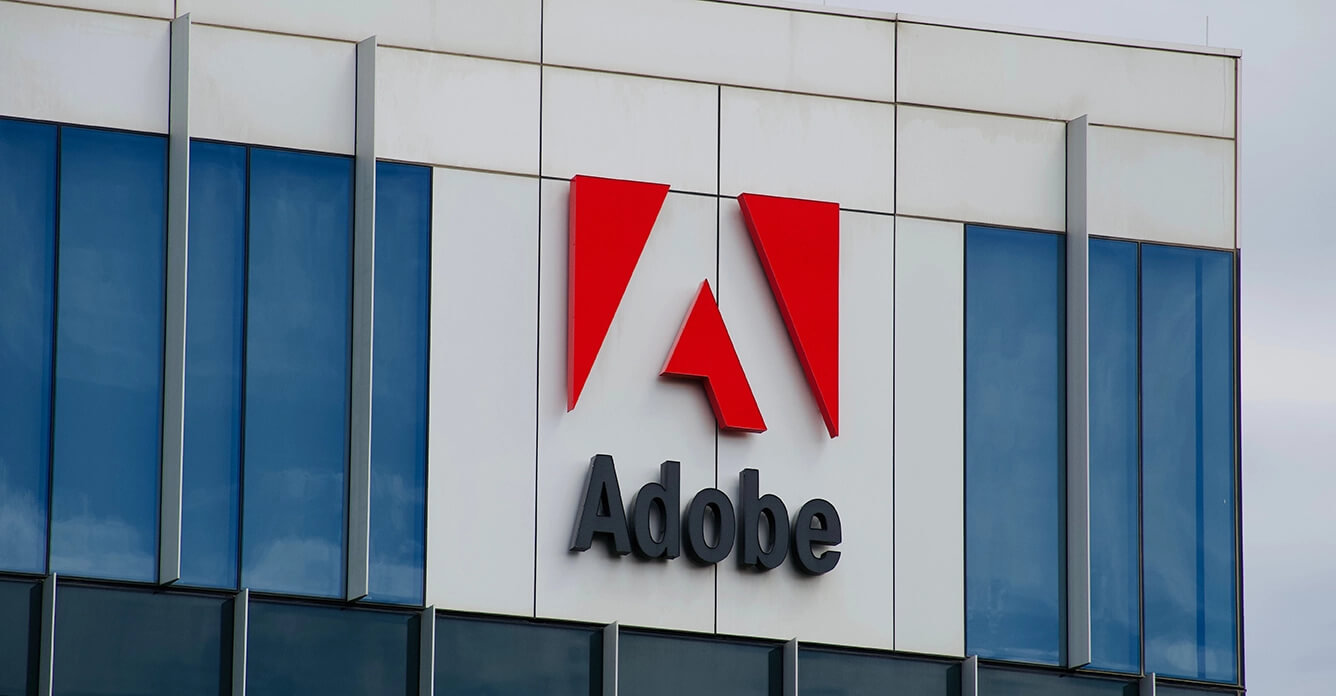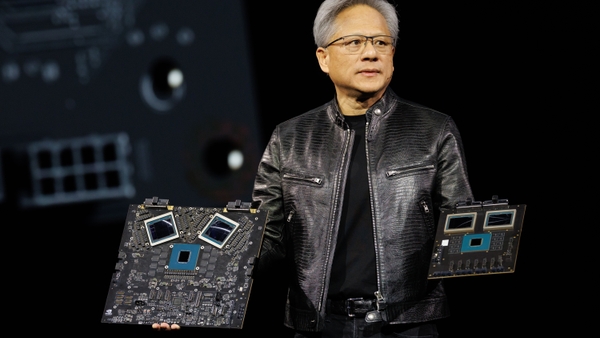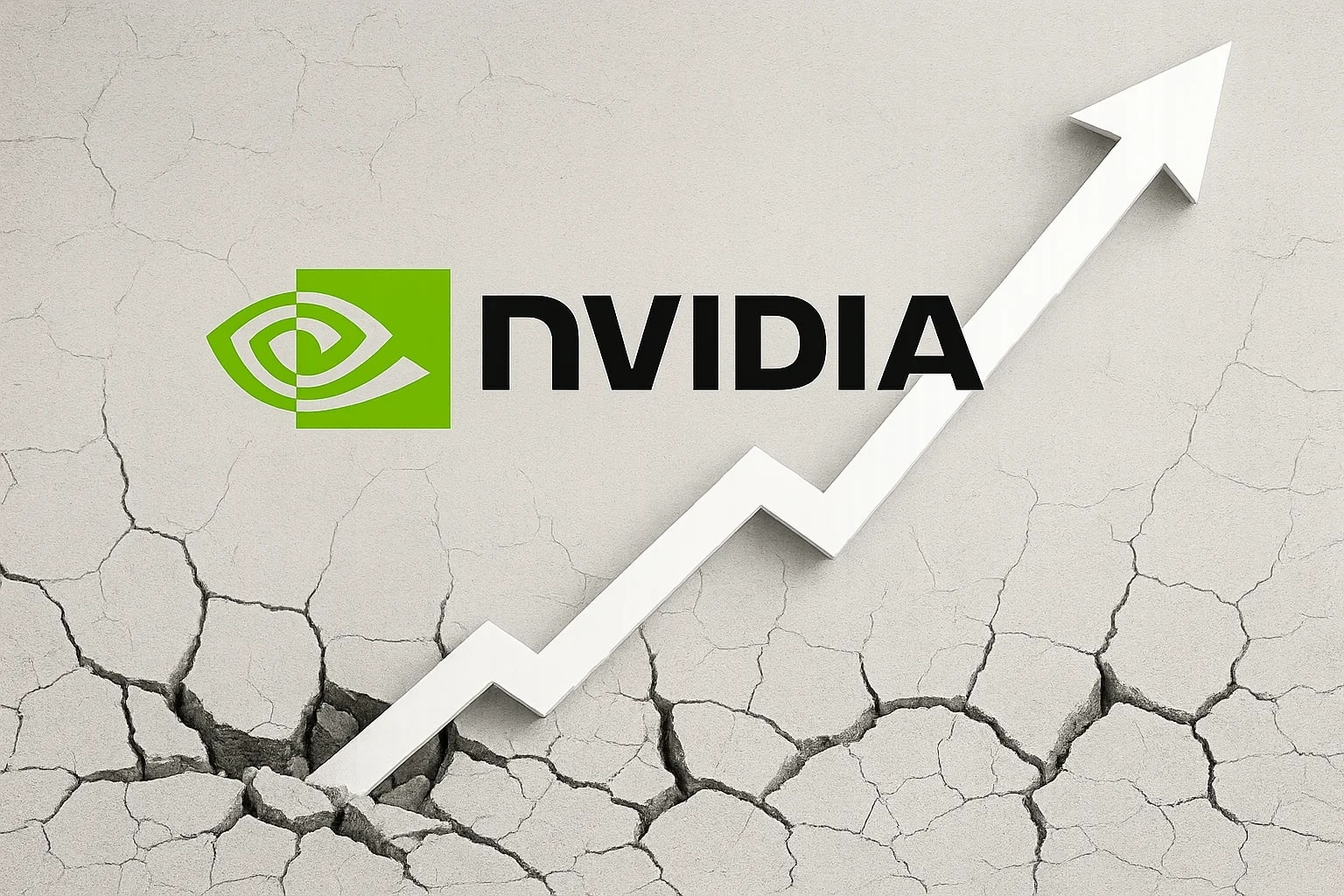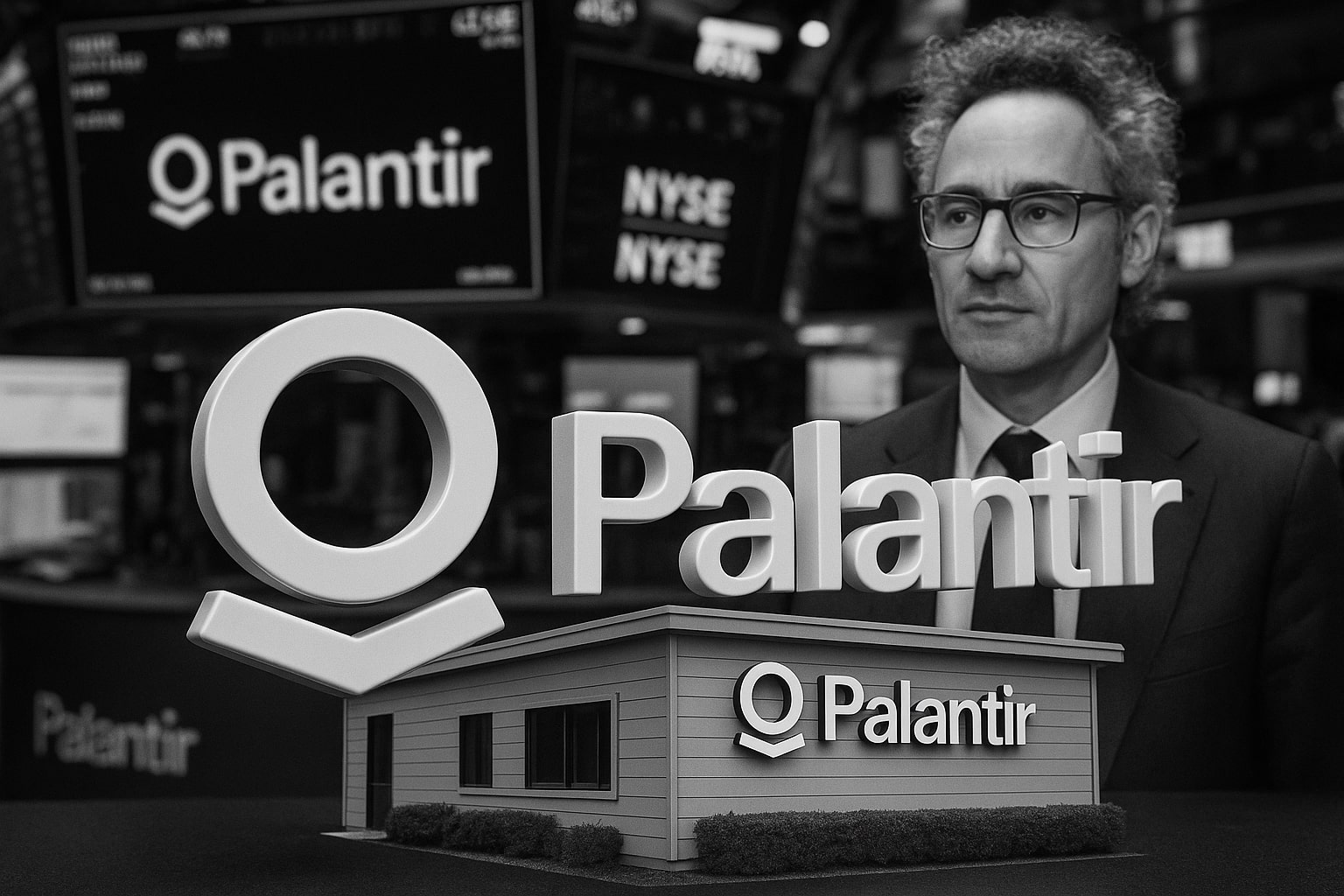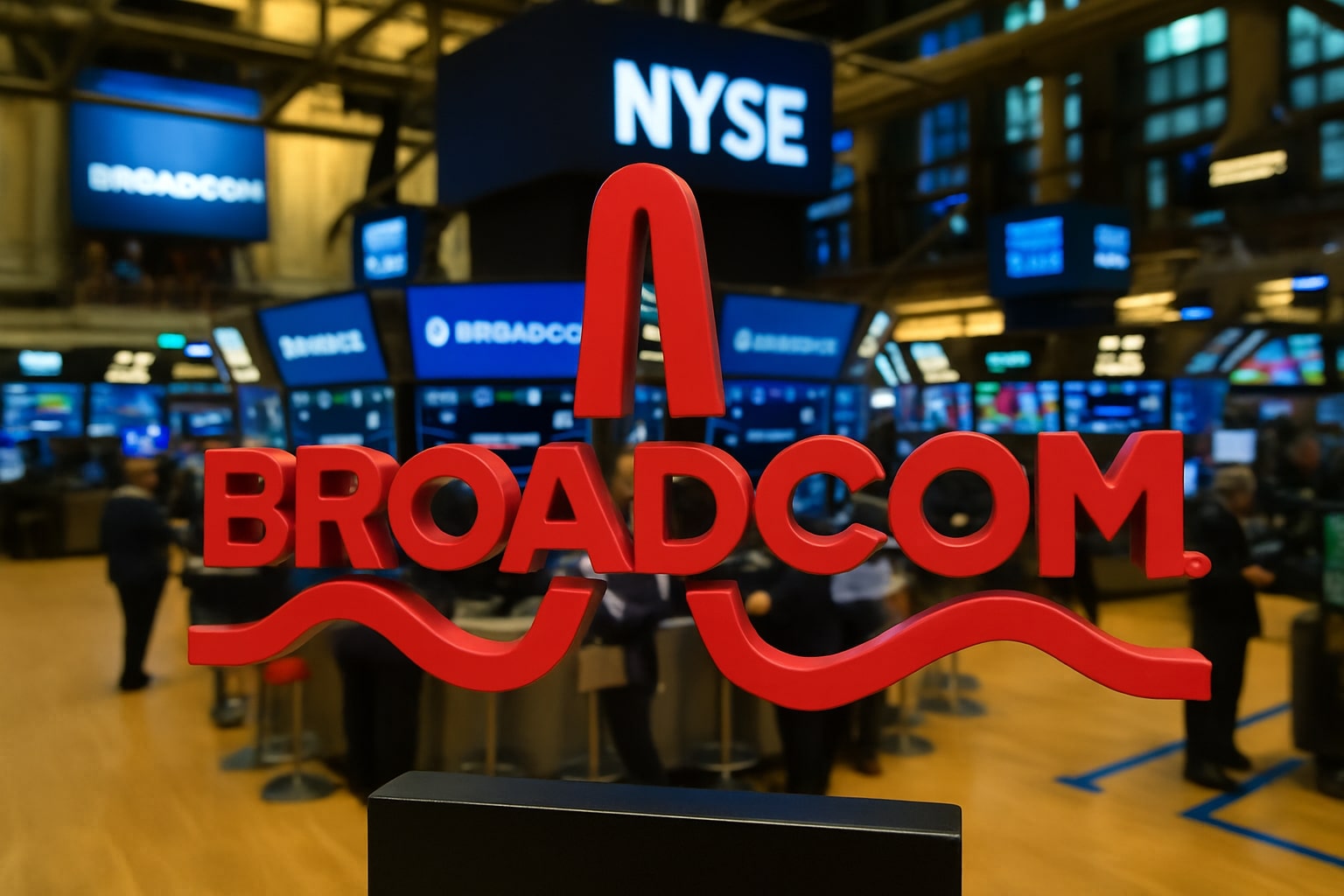NVIDIA's (NASDAQ: NVDA) Stock Analysis: Deep Dive into Market Forces, Valuation, and Risks
Nvidia (NASDAQ: NVDA) has seen a significant decline in its stock price, dropping 25% recently, primarily due to growing concerns about tariffs, the semiconductor supply chain, and a general downturn in the broader market. This correction is a product of multiple factors, both internal and external, that influence Nvidia's stock trajectory. Despite this drop, Nvidia remains a dominant force in the semiconductor space, particularly within AI and data centers, where its products are critical for the future of technology. However, with new risks emerging, it is crucial to dive deeper into what these changes mean for the stock price and whether this decline represents an opportunity or a further signal of problems ahead.
The Risk of Tariffs and Geopolitical Tensions on NASDAQ:NVDA
Nvidia's stock price is significantly impacted by tariffs and trade policies. While semiconductors were exempt from the April 2025 "Liberation Day" tariffs, the looming threat of future semiconductor-specific duties continues to worry investors. The possibility of tariffs as high as 100% on chips produced abroad poses a major risk to Nvidia, as the company relies heavily on TSMC (Taiwan Semiconductor Manufacturing Company) for the production of its cutting-edge GPUs.
Nvidia’s reliance on TSMC and its assembly operations in Taiwan makes it highly vulnerable to any U.S. sanctions or tariffs specifically targeting semiconductor imports. While Nvidia is preparing for these risks by diversifying its manufacturing locations, the potential imposition of tariffs could still significantly disrupt the supply chain. President Trump’s administration has hinted at the possibility of semiconductor tariffs in the future, which adds to market uncertainty.
Price Implications: A 25% tariff on Nvidia's chips would directly impact the cost of its products. For example, a $50,000 GPU could see an additional $12,500 in costs, which might lead to a price increase for consumers or a margin compression for Nvidia. This could result in a noticeable short-term impact on the stock price, but Nvidia’s ability to absorb some of these costs, along with its pricing power in the AI market, may mitigate some of the damage. Still, the mere threat of tariffs has led to a price drop of around 25% for the stock, bringing its valuation closer to levels not seen since 2020.
If the U.S. were to impose tariffs on Taiwanese semiconductors, the immediate impact could be a 6% reduction in Nvidia's gross margin from U.S. sales alone. While this would not drastically alter Nvidia’s long-term prospects, it would add significant pressure in the short term, likely resulting in further stock price volatility. The key point here is that even with tariffs, Nvidia’s long-term trajectory is unlikely to be entirely derailed, but the stock remains susceptible to short-term dips driven by sentiment and policy concerns.
Nvidia's Dominance in AI and Data Centers: A Closer Look at Revenue Drivers
Despite the ongoing tariff risks, Nvidia continues to lead the charge in the AI and data center sectors, with a dominant position in providing GPUs for AI applications. As AI technologies become more ingrained in a variety of industries, Nvidia’s GPUs remain the backbone of AI infrastructure.
The company's data center segment, which is now a major revenue driver, has faced some challenges recently. However, these challenges appear to be more related to pricing and competition rather than a fundamental slowdown in demand. Nvidia's GPUs remain critical for AI applications, cloud computing, and machine learning.
Price Implications: Nvidia’s AI-driven growth is reflected in its financials. For example, the company’s data center segment accounted for $10 billion in revenue in the last quarter, up 30% year-over-year. However, concerns have emerged regarding the slow pricing increases in the new B200 and B300 series GPUs, which have failed to generate the expected average selling price (ASP) increases. This has led to questions about whether Nvidia’s growth will be sustainable in the face of slower ASP growth.
At the same time, Nvidia’s net income margin remains robust at 56%, far outperforming its competitors like AMD, whose net margin is only 6.4%. This profitability advantage is critical in understanding why Nvidia's stock continues to command a premium valuation, despite some of the risks outlined above. The company is generating significant cash flow, with a free cash flow (FCF) yield of 3.5%, which positions it well for long-term growth. However, if Nvidia’s pricing power diminishes, this FCF yield may be compressed, impacting the stock’s valuation.
The Threat of Slowing Growth in AI: While the AI sector remains the primary growth driver, there are signs that the pace of growth may slow. Analysts have pointed out that Nvidia’s future product lineup, particularly the Vera Rubin architecture, may not see significant performance improvements until 2027. This extended timeline for technological advancements could lead to investor concerns about the company’s ability to sustain its current growth trajectory.
Nvidia’s Valuation: Attractive or Risky?
The recent 25% selloff in Nvidia’s stock has driven its valuation to levels not seen since 2020, and many are questioning whether this represents a buying opportunity or if the stock is simply overpriced given the looming risks.
Price-to-Earnings (P/E) Analysis: As of the latest data, Nvidia's P/E ratio is around 35, which is in line with its historical range. However, with growth slowing and the risk of margin compression, some analysts are suggesting that Nvidia’s P/E ratio could fall further. In a bearish case, analysts predict that Nvidia could see a normalized EPS of $4.00 in fiscal 2026, with a P/E ratio of 30, implying a price target of $120 per share. In a more bullish scenario, where the company maintains its strong market position in AI, Nvidia’s P/E ratio could remain at 40, resulting in a price target of $200 per share.
Comparing to Competitors: When compared to AMD, Nvidia appears relatively undervalued. Despite AMD trailing Nvidia in terms of market share in the data center market, it still commands a similar P/E ratio. This suggests that Nvidia’s stock may currently be undervalued, particularly given its superior position in the AI and data center markets.
Long-Term Value: Even with a potential slowdown in growth and some margin compression due to tariffs, Nvidia’s long-term prospects remain strong. The company's leadership in the AI space, its continued innovation, and its efforts to diversify its manufacturing footprint are key factors that support the case for long-term growth.
Is NASDAQ:NVDA a Buy, Sell, or Hold?
Given the current market dynamics, Nvidia’s stock represents a complex decision for investors. The 25% selloff, while driven in part by sentiment and geopolitical risks, presents an opportunity for long-term investors to acquire Nvidia shares at an attractive valuation. However, the risks are real—tariffs, slowing growth in GPU pricing, and potential geopolitical tensions related to Taiwan pose significant challenges to the company’s short-term performance.
Buy: For investors with a high risk tolerance and a long-term horizon, Nvidia’s position in the AI sector, its superior profit margins, and its market leadership suggest that the current valuation could represent a strong buying opportunity. Despite the risks, Nvidia remains a crucial player in the technology sector, and its growth potential in AI and data centers remains largely intact.
Sell: For more conservative investors, the current volatility, coupled with the risks associated with tariffs and slowing growth, might make Nvidia a less attractive investment. If geopolitical tensions escalate or tariffs on semiconductors are imposed, Nvidia’s profitability could take a significant hit, leading to a decline in stock price.
Hold: For those already holding Nvidia shares, the decision to hold depends on the investor’s outlook for the semiconductor industry and the broader market. Given the current price drop and potential for long-term growth in AI, holding the stock may be a reasonable choice for those looking to ride out the volatility.
In conclusion, NASDAQ:NVDA remains an important stock to watch. The current price levels present a buying opportunity for those with a long-term view, especially given the company’s dominant position in AI and the data center markets. However, investors should remain cautious of short-term risks, particularly around tariffs and geopolitical tensions.
For real-time chart data and detailed stock performance, refer to Nvidia’s live chart.









